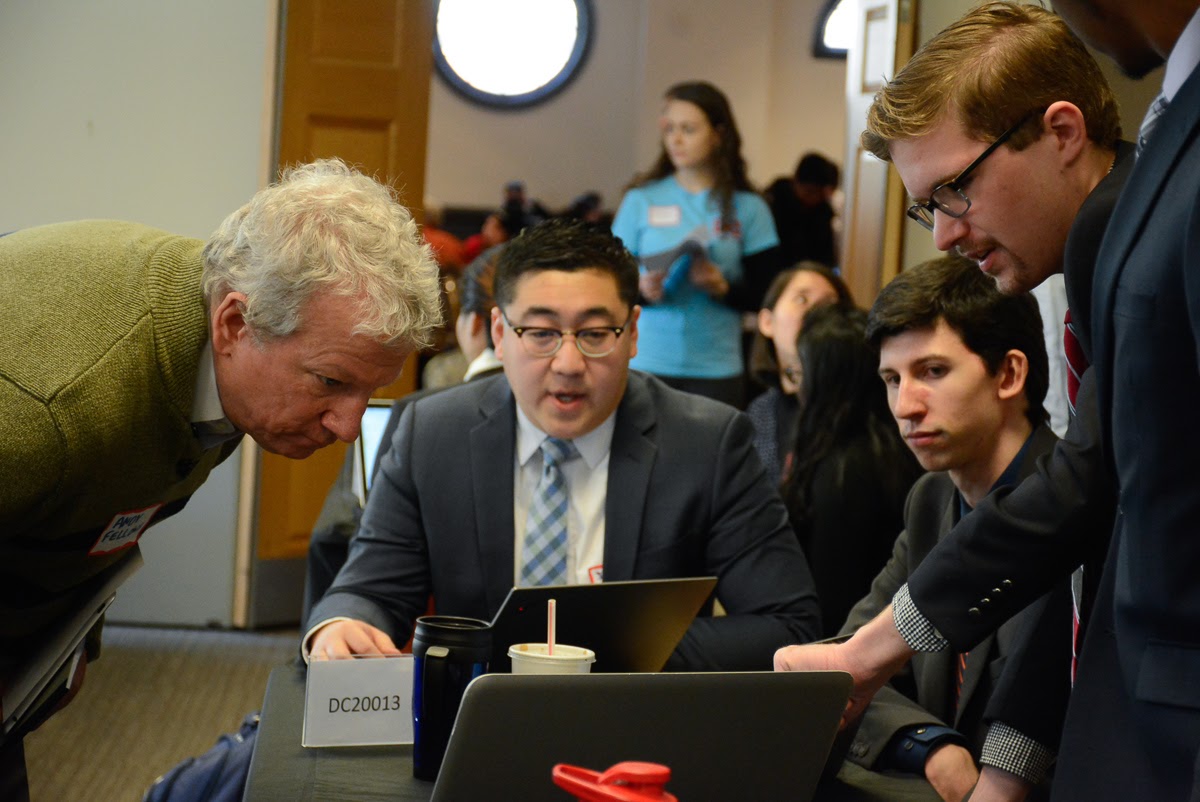Maryland’s History of Redlining Briefing
She will be joined by special guests, Gerrit Knaap, Executive Director of National Center for Smart Growth Research and Education at the University of Maryland; Seema Iyer, Director of the Real Estate and Economic Development (REED) program in the Merrick School of Business (MSB); Willow Lung-Amam, Associate Professor of Urban Studies and Planning and Director of Community Development at the National Center for Smart Growth Research and Education; and Dan Reed, Founder of Just Up the Pike.
Questions will be collected in advance. Please write your questions below – they will be sent to the presenters before the Webinar so that they have time to prepare thorough answers.
**After you register, you will receive details to join the ZOOM call through the Google Form.**
Thank you! Please spread the word and invite others to join for this informative call.
For more information on this briefing and others, please visit www.brookelierman.com/



